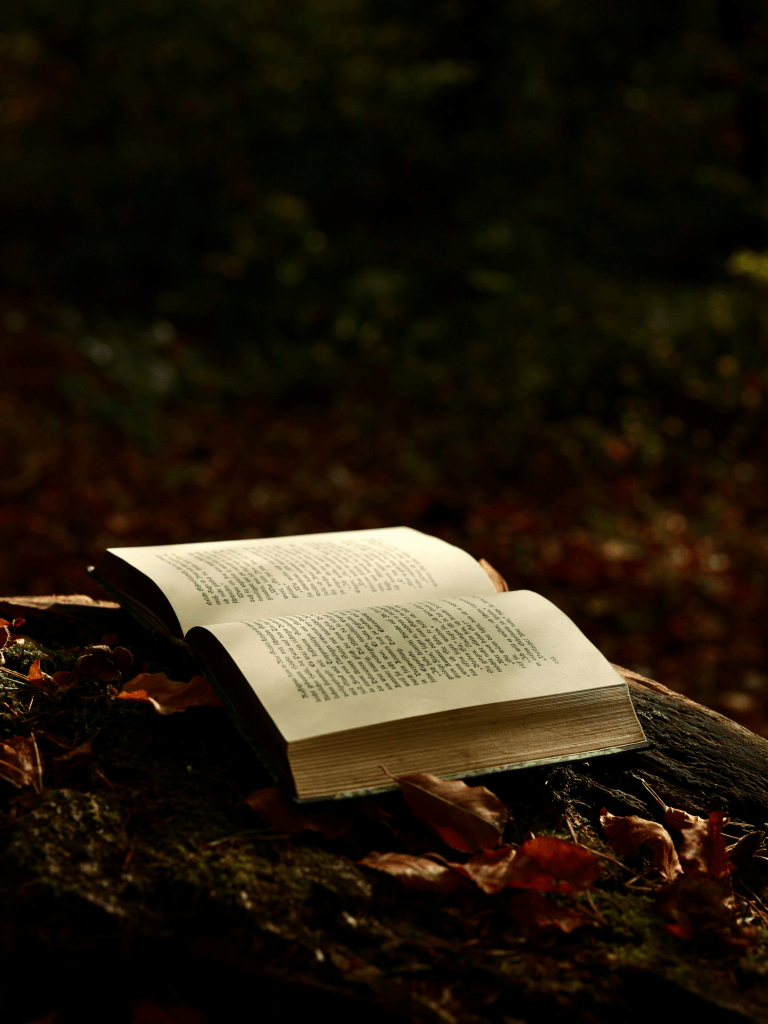
What Makes a Fantasy Novel?
Welcome to Part 2 of the series “What Makes a . . .” What Makes a Fantasy Novel focuses on five elements that hook your readers and take them on an incredible journey in fantasy.
Check back next month for the next installment, What Makes a Memoir.

What Makes a Fantasy Novel Work?
What draws readers in and then keeps them coming back as you take them on an adventure? First you need immersive world-building. Readers pick up fantasy novels to escape everyday life. What sets fantasy apart from other genres: the magic systems and supernatural elements. The fantasy world needs to include a heroic adventure or quest for the protagonist to embark on. You’ll also need complex characters and overarching themes of good and evil.
Immersive World-Building
Fantasy novels transport readers to richly imagined worlds with unique histories, cultures, geographies, and rules. The setting is often as vital as any character, providing the foundation for the story’s magic and adventure. (Who else loves to see a map at the beginning of a fantasy book?)
Examples:
The Priory of the Orange Tree by Samantha Shannon: Features a vast, intricately detailed world with distinct cultures, religions, and histories.
A Court of Thorns and Roses by Sarah J. Maas: Introduces fae courts of Prythian, each with its own customs, politics, and landscapes.
Fourth Wing by Rebecca Yarros: Set in a war college for dragon riders, this series features a fully realized world with its own history, politics, and dragon lore.
Magic Systems and Supernatural Elements
Magic – whether structured with clear rules or wild and mysterious – is central to fantasy. Supernatural creatures, enchanted objects, and mystical forces drive the plot and shape the world.
Examples:
The Fifth Season by N.K. Jemisin: Features orogeny, a unique magic system where characters can manipulate geological forces.
The Invisible Life of Addie LaRue by V.E. Schwab: Centers on a Faustian bargain that grants immortality but erases Addie from memory, blending myth and magic.
Mistborn by Brandon Sanderson: Introduces Allomancy, a meticulously structured magic system based on ingesting metals, which shapes both plot and society.
Heroic Adventure or Quest
A central quest, journey, or mission propels the narrative. This adventure often involves high stakes, personal growth, and the classic struggle between good and evil.
Examples:
Children of Blood and Bone by Tomi Adeyemi: Protagonists embark on a perilous journey to restore magic to their land.
Throne of Glass by Sarah J. Maas: The protagonist goes on a journey from slave to assassin to queen fighting to save her world. Characters undertake perilous missions, seek legendary artifacts, and unite disparate people to confront evil.
Complex, Unusual Characters
Fantasy thrives on memorable characters – heros, antiheros, mythical beings, and creatures – each with distinct motivations, flaws, and arcs.
Examples:
The Poppy War by R.F.Kuang: Features Rin, a war orphan who discovers her shamanic powers and faces moral ambiguity.
The City of Brass by S.A. Chakraborty: Centers on Nahri, a con artist with mysterious powers, and a cast of djinn and magical beings.
Themes of Good vs. Evil and Moral Complexity
While many fantasy novels revolve around the classic struggle between good and evil, modern works often explore moral ambiguity, personal sacrifice, and the cost of power.
Examples:
The Shadow of the Gods by John Gwynne: Explores vengeance, loyalty, and the blurred lines between heroism and brutality.
The Witch’s Heart by Genevieve Gornichec: Reimagines Norse myth, exploring love, betrayal, and the consequences of choices.
Does your fantasy novel have what it takes?
Does your fantasy novel have what it takes to thrive in the market? Are you ready to have a professional help you ensure your manuscript includes these five elements? Reach out today to schedule time to discuss content editing.
